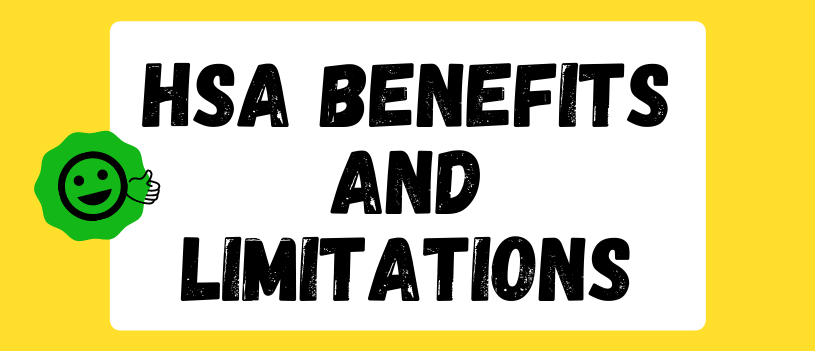Health Savings Accounts, or HSAs, are a popular way that many employees choose to pay for medical expenses. Employees that are covered under high-deductible health insurance plans can designate a portion of their paycheck to be deposited into their HSA to pay for out-of-pocket medical, dental, and vision costs. Some employers also contribute to employee’s accounts, often as a lump sum deposited at the beginning of the year. Employees can use their HSA debit card to pay bills from their doctor’s office, prescription costs, and other qualifying expenses for both in- and out-of-network providers. Using funds from an HSA counts towards the employee’s deductible and out of pocket maximum for the year. Unlike an HRA, where the employer owns the money in the account, employees can keep funds even after changing employers.
Tax Benefits
According to Kiplinger, utilizing an HSA to pay for medical expenses also has tax benefits for the employee. For example, contributions to an HSA account are tax deductible, even if you do not itemize on your return. In addition, any money that your employer contributes to your account is not counted in your gross income calculation. Any earnings from the HSA are tax-free and any distributions that you take cannot be taxed as long as you use them to pay for qualifying medical costs. All of these benefits add to the allure of HSAs for many employees.
Limitations and Drawbacks
However, there are some limitations for HSAs. To begin, you can only make deposits into an HSA if you are covered under a high deductible health insurance plan. The minimum deductible to be able to have an HSA in 2021 is $1,400 for individuals and $2,800 for families. Luckily, any plans that qualify for HSAs must also have a cap on out-of-pocket expenses. This year, the limits are set at $7,000 for individuals and $14,000 for families. These maximum amounts increase anywhere from $100 to $300 per year; you can view the table of previous years’ increases here.
There are also caps on the amount of money you can put in an HSA. The maximum contribution for 2021 is $3,600 for individual coverage or $7,200 for a family. In addition to these limits, those who are 55 years of age or older can make up to $1,000 in “catch up” contributions. These limits also include any money that your employer provides that is not included in your taxable income. The maximum contribution caps have gone up by $50 for individuals and $100 for families each year since 2018.
Even with these limits, HSAs are a popular choice for employees with high-deductible plans who want to prepare for future medical expenses and limit their tax liability. For more information on how to choose the best health insurance plan for your needs, you can read about the five questions you should ask yourself during open enrollment in our recent article here.
